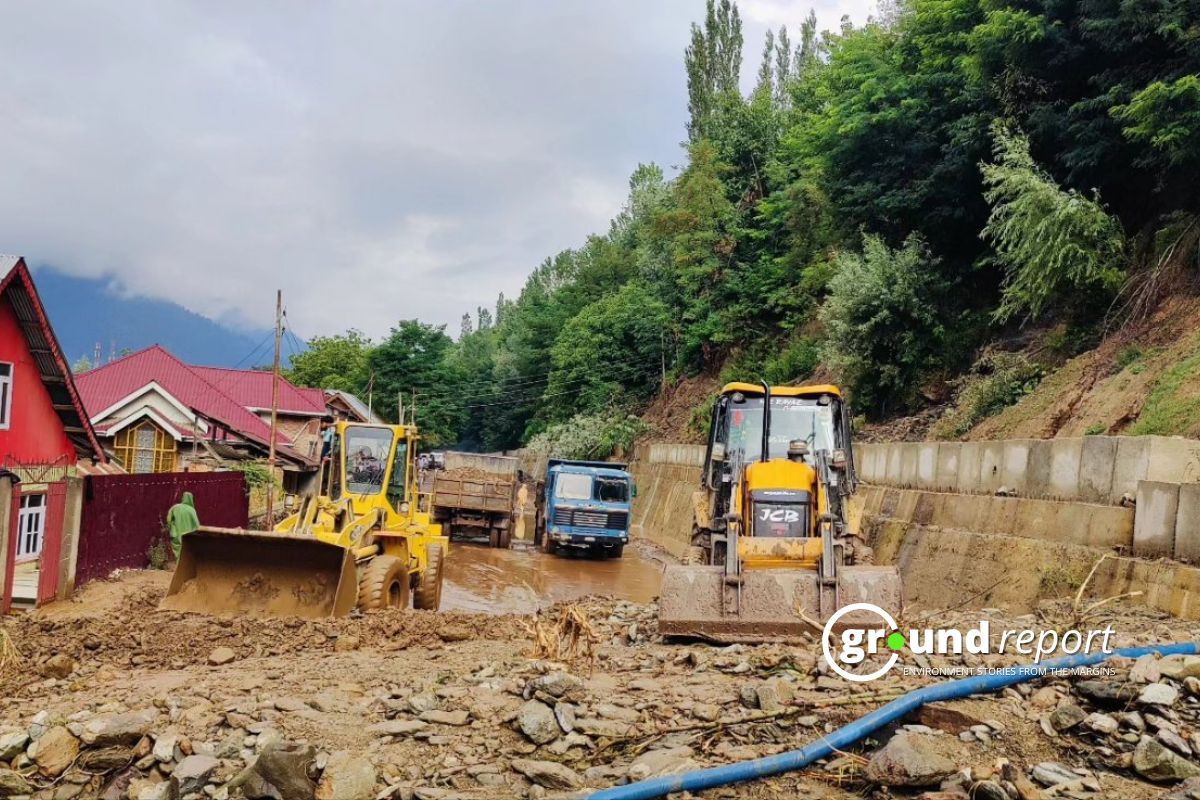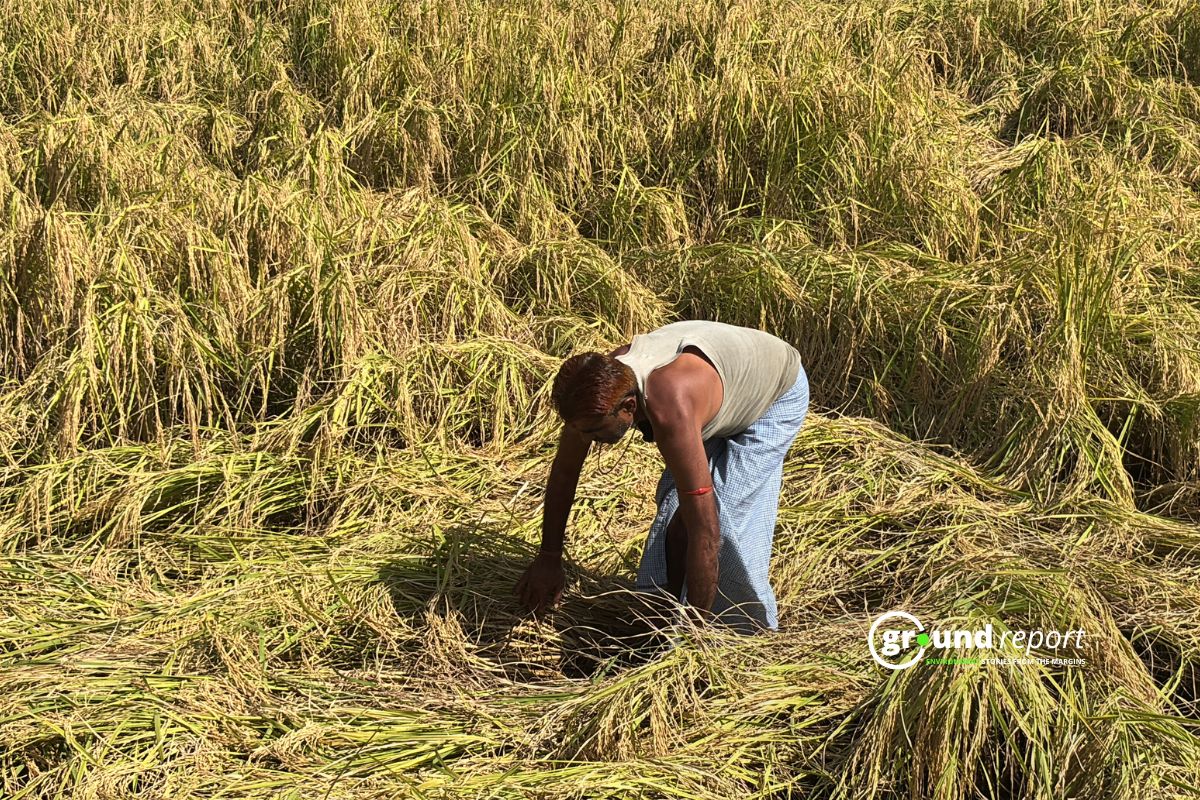The Char Dham Yatra in Uttarakhand attracts lakhs of pilgrims every year. The six-month-long journey covers four high-altitude shrines—Kedarnath, Badrinath, Yamunotri, and Gangotri. This year, since the yatra began on April 30, 80 people have died. Most of them died due to poor health. A few were killed in accidents.
Out of the 80 deaths, 65 were linked to cardiac or other health issues. Eight people lost their lives in road or air accidents, including a helicopter crash in Uttarkashi. Kedarnath alone recorded 30 deaths, followed by Badrinath with 15, Yamunotri with 12, and Gangotri with 8.
Most of the deaths were due to cardiac problems faced by those visiting the temples, which are situated at altitudes between 10,000 feet and 12,000 feet.
What’s behind these deaths?
Kedarnath continues to report the highest number of deaths. So far, 30 people have died there. Badrinath has seen 15 deaths, Yamunotri 12, and Gangotri 8. These are not just numbers—they are people who came for spiritual peace and never returned home.
In comparison, last year saw 246 deaths throughout the entire pilgrimage season. So while this year’s numbers seem lower so far, the pace of deaths in the first month is worrying.
The majority of deaths are not due to road or helicopter accidents. Instead, they are due to cardiac arrests and other health complications. Officials have stated that most of those who died were between 45 and 65 years of age and had existing health conditions. Many had high blood pressure, diabetes, or breathing issues.
Dr. K.K. Tripathi, a medical officer, explained that people with heart or lung problems often push themselves to complete the trek. The sudden rise in altitude and physical strain puts extra pressure on the body. For some, this becomes fatal.
The altitude of the Char Dham shrines ranges between 3,100 and 3,600 metres. Kedarnath is at 3,584 metres, Gangotri at 3,415, Yamunotri at 3,291, and Badrinath at 3,133. These heights are not extreme compared to other tourist destinations.
Take Hemkund Sahib, for example. It is the highest gurudwara in India, at 4,329 metres. Yet, it has reported zero deaths this year. Ladakh is at a similar altitude to Kedarnath. So are other destinations like Kaza in Himachal and Tawang in Arunachal. These places receive a steady flow of tourists, but their death toll is far lower.
This raises the question: what makes Char Dham more dangerous?
Are medical facilities enough?
Uttarakhand’s health department claims it has prepared well. On the yatra route, there are 69 medical officers, 121 nurses, and 26 pharmacists. Over 300 beds are oxygen-equipped. There are six ICU beds, 13 ambulances, and two blood storage units.
In the first month, about 4.3 lakh pilgrims have been screened. Of these, around 17,800 were found to have serious health issues. Nearly 3,900 were counselled about the risks. Only 294 were referred to hospitals, and just 29 were convinced to go back home instead of continuing the journey.
This shows that while the system can identify high-risk individuals, few are willing to abandon the yatra midway.
Many pilgrims don’t reveal their health problems during screening. Some are unaware of how risky the climb can be. Others hide their conditions due to fear of being stopped. There’s also family and social pressure. Some elderly people join their families, even if they are not fit for the trip. Once the journey begins, it becomes difficult to stop or return.
Medical staff say they often see pilgrims ignoring early warning signs like shortness of breath, chest pain, or fatigue. These are signs that demand immediate attention, but many dismiss them.
Where are pilgrims coming from?
This year, most of the deceased pilgrims came from Maharashtra, Uttar Pradesh, Delhi, West Bengal, Haryana, and Rajasthan. Many of these states are in the plains, where people are not used to high altitudes.
There’s a sharp contrast in death rates between regular tourists in places like Ladakh and religious pilgrims in Char Dham. A key reason may be the intent. Tourists go at their own pace. Pilgrims often rush to complete multiple destinations quickly, leaving little time for the body to adjust.
Officials say the situation is improving. This year, the death toll in the first month is about 10 less than the same period last year. Still, 80 deaths in one month is high. Some health experts believe fitness certificates should be mandatory. Others suggest limiting the daily number of pilgrims and allowing only those with clean medical records.
Better communication is also needed. Pilgrims should be made aware of the risks and told that turning back is not failure. It could be a life-saving decision.
The Char Dham Yatra holds deep emotional and spiritual value for many Indians. But the high death toll each year shows that the pilgrimage is not without risk. For many families, a journey meant to bring blessings ends in loss.
Support us to keep independent environmental journalism alive in India.
Keep Reading
How Can Bhoj Wetland Address the Issue of Microplastics?
Indore’s Ramsar site Sirpur has an STP constructed almost on the lake
Indore Reviving Historic Lakes to Combat Water Crisis, Hurdles Remain
Indore’s residential society saves Rs 5 lakh a month, through rainwater harvesting
Follow Ground Report on X, Instagram and Facebook for environmental and underreported stories from the margins. Give us feedback on our email id greport2018@gmail.com.
Don’t forget to Subscribe to our weekly newsletter, Join our community on WhatsApp, and Follow our YouTube Channel for video stories.









